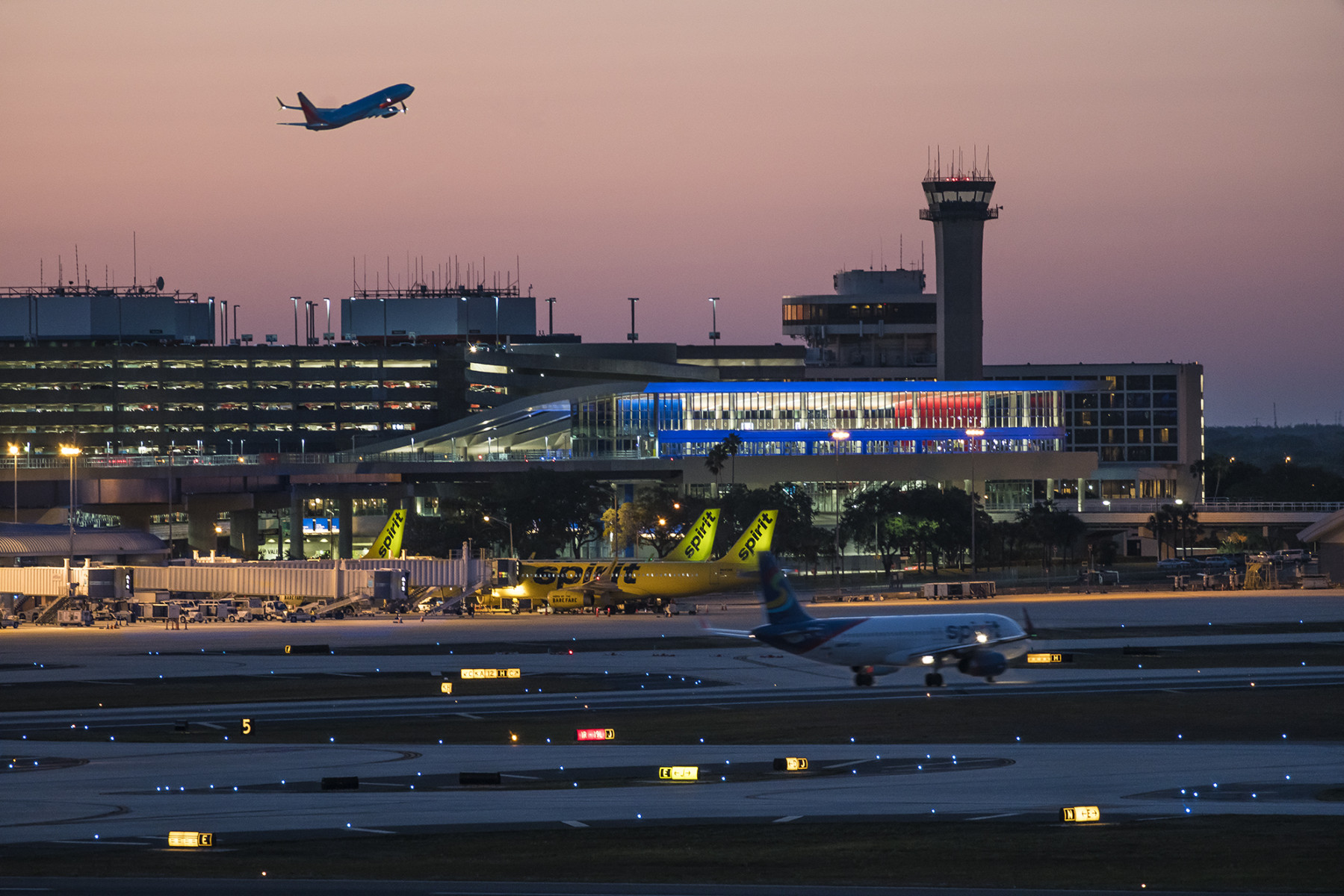Over eight hundred flights have already been canceled on Friday morning as the Federal Aviation Administration’s (FAA) unprecedented flight reduction plan officially begins implementation, marking one of the most significant disruptions to American air travel in recent history as the government shutdown’s impact on aviation safety and operations reaches a critical tipping point that threatens to derail the upcoming holiday travel season.
The emergency flight reduction plan, announced earlier this week by the FAA, is designed to cancel at least 1,800 domestic flights a day across 40 high-traffic airports including major hubs such as New York’s JFK Airport and Chicago’s O’Hare International, though some estimates from reputable news sources like BBC News suggest the daily cancellation rates could potentially reach as high as 3,500 or 4,000 flights depending on air traffic controller availability and operational conditions.
Current Flight Cancellation Numbers
As of Friday morning, FlightAware, the leading flight tracking service, is reporting 822 cancellations within the United States and 751 flight delays across the national airspace system. The airports listed in the flight reduction plan are largely showing three to four percent cancellation rates for both departures and arrivals, though international flights will notably not be targeted in the mandatory cancellations, providing some relief for global travelers.
These numbers answer travelers urgently asking “How many flights are canceled today?” and “Which airports are affected by FAA flight reductions?” as they scramble to adjust travel plans during this unprecedented crisis.
Escalating Cancellation Percentages Over Coming Week
The FAA flight reduction strategy operates on an escalating timeline designed to gradually reduce air traffic as controller availability continues to decline. The plan calls for reducing flights by four percent today across the 40 designated airports. That reduction number will systematically increase across the next week according to the following schedule:
- November 11: Six percent cancellations
- November 13: Eight percent cancellations
- November 14: Ten percent cancellations (after a full week of reductions)
This phased approach to flight reductions addresses operational concerns while attempting to provide airlines and travelers some predictability, though the situation remains fluid. Travelers asking “When will flight cancellations get worse?” and “How many flights will be canceled next week?” now have specific dates and percentages to plan around.
Airlines Offer Unprecedented Refund Policies
Major airlines have responded swiftly to provide information and support to their frustrated customers dealing with travel disruptions. In an extraordinary and unprecedented measure, both Delta Air Lines and United Airlines are offering full refunds, including for typically non-refundable flights, for all travelers—not just the ones directly impacted by the flight reduction plan.
This generous airline refund policy represents a significant departure from standard industry practice and demonstrates the severity of the situation. The policy addresses travelers asking “Can I get a refund for my flight during the shutdown?” and “What are airline refund policies during FAA cancellations?” with a surprisingly customer-friendly answer.
Other major carriers including American Airlines, Southwest Airlines, and JetBlue Airways have also implemented flexible rebooking policies and travel waivers to accommodate passengers affected by the government shutdown flight disruptions.
Root Cause: Air Traffic Controller Crisis
The flight reduction plan was implemented as an emergency measure to protect the safety and integrity of American airspace as overburdened and unpaid air traffic controllers—who were already experiencing severe understaffing issues before the government shutdown—increasingly choose to take time off or sick leave to seek temporary employment elsewhere to make ends meet for themselves and their families.
“Air traffic controllers are texting, ‘I don’t even have enough money to put gas in my car to come to work,'” said Nick Daniels, president of the National Air Traffic Controllers Association, in a revealing interview with CNN. This stark statement illustrates the financial hardship facing essential aviation workers and answers those asking “Why are air traffic controllers not working?”
“We base what we do day in and day out on predictability,” Daniels explained. “Right now there is no predictability.” This lack of operational certainty has forced the FAA to take the unprecedented step of mandating flight reductions rather than risk safety incidents from inadequate ATC coverage.
Economic Impact on Travel Industry
According to the U.S. Travel Association, the travel industry has already lost a staggering $5.2 billion in revenue and counting since the government shutdown began. This figure continues to grow daily as the crisis extends, making it the most economically damaging government shutdown for the tourism sector in American history.
There are growing fears that the flight reductions will actively discourage travelers from taking planned trips and significantly cool the domestic travel market. Travel industry analysts predict cascading effects including reduced hotel bookings, declining rental car reservations, and decreased spending at tourist attractions and restaurants in destinations across the country.
The economic ripple effects extend beyond airlines to affect tourism-dependent businesses, hospitality workers, and local economies that rely on visitor spending. This situation answers economists asking “What is the economic impact of flight cancellations?” and “How much money has the travel industry lost?”
Holiday Travel Season Concerns Mount
As the nation enters what is typically a record-breaking holiday travel season, there are mounting concerns about long TSA security lines, large numbers of flight cancellations, and an increase in travelers overburdening an already struggling aviation system. The timing could not be worse, with Thanksgiving travel just weeks away.
Holiday travelers planning trips for Thanksgiving, Christmas, and New Year’s are facing unprecedented uncertainty. Travel experts recommend booking early morning flights to reduce chances of cascading delays, purchasing travel insurance with cancel-for-any-reason coverage, arriving at airports extra early to accommodate potential security delays, and having backup travel plans ready in case of cancellations.
For those asking “Should I cancel my Thanksgiving flight?” or “Will flights be canceled during Christmas?”, the unfortunate answer is that significant disruptions appear likely unless the government shutdown ends soon.
Historic Government Shutdown Duration
The current crisis is now officially the longest government shutdown in American history, surpassing all previous records. This dubious distinction underscores the severity of the political impasse and its real-world consequences for millions of American travelers, aviation workers, and travel industry employees.
The historic shutdown length has exhausted the financial reserves of many federal workers, including the air traffic controllers and TSA agents essential to aviation operations. Each additional day of the shutdown compounds the crisis, making resolution more urgent but also more complicated.
Major Airports Affected by Reductions
The 40 high-traffic airports included in the FAA flight reduction plan represent the busiest hubs in the American aviation network. While the complete list includes airports across the country, some of the most significantly affected include:
East Coast: New York JFK, Newark Liberty (EWR), Boston Logan (BOS), Washington Dulles (IAD), Philadelphia (PHL)
Midwest: Chicago O’Hare (ORD), Detroit (DTW), Minneapolis (MSP)
South: Atlanta Hartsfield-Jackson (ATL), Dallas Fort Worth (DFW), Houston (IAH), Charlotte (CLT)
West Coast: Los Angeles (LAX), San Francisco (SFO), Seattle-Tacoma (SEA), Las Vegas (LAS)
These major airport hubs serve as connection points for thousands of flights daily, meaning cancellations cascade throughout the network, affecting travelers far beyond these 40 cities.
What Travelers Should Do Now
For travelers with upcoming flights, immediate action is recommended:
- Check flight status frequently through airline apps and FlightAware
- Contact airlines directly about refund options and rebooking flexibility
- Consider alternative travel dates outside peak periods if possible
- Review travel insurance policies for coverage options
- Join airline loyalty programs for priority rebooking if cancellations occur
- Have backup transportation plans including Amtrak or rental car options
- Monitor government shutdown news for potential resolution
The situation remains fluid, and travelers should expect continued disruptions until the government funding crisis is resolved and air traffic controllers return to full staffing levels.
For more breaking aviation crisis news, flight cancellation updates, government shutdown travel impacts, airline policy changes, and expert travel disruption advice that helps you navigate unprecedented challenges in air travel, visit The Inspiring Insight. Stay informed with our real-time coverage of flight tracking, airport delays, travel industry analysis, passenger rights information, and alternative travel planning strategies to help you reach your destination despite operational challenges. Subscribe for the latest travel alerts, airline news, and aviation safety updates.




